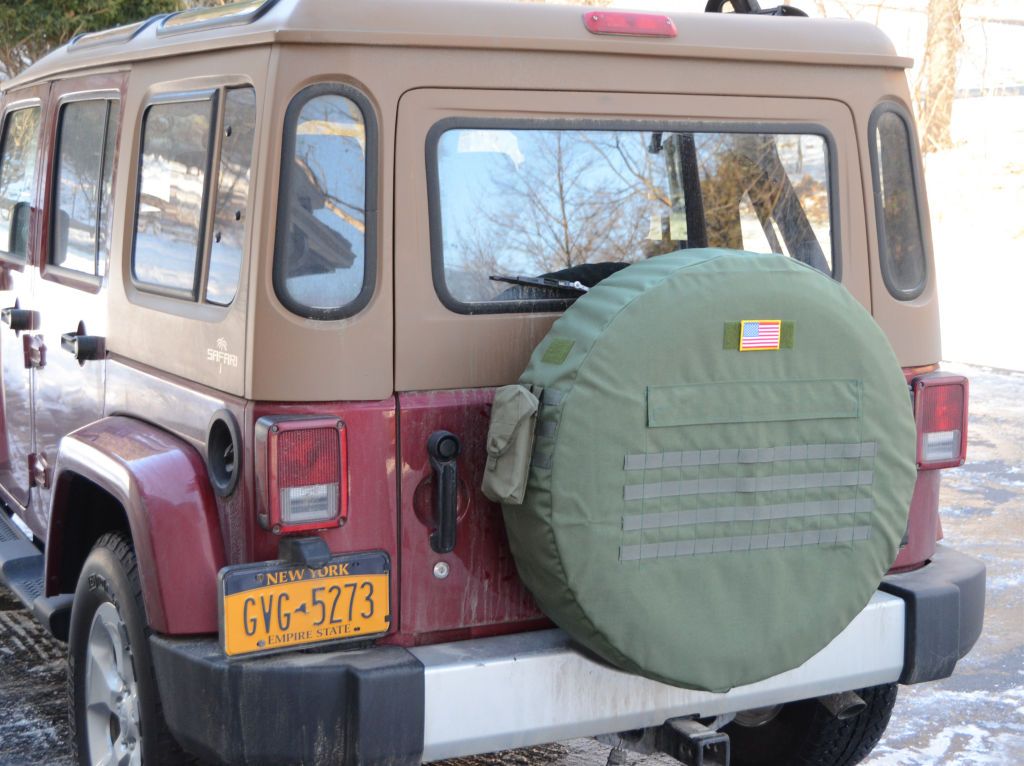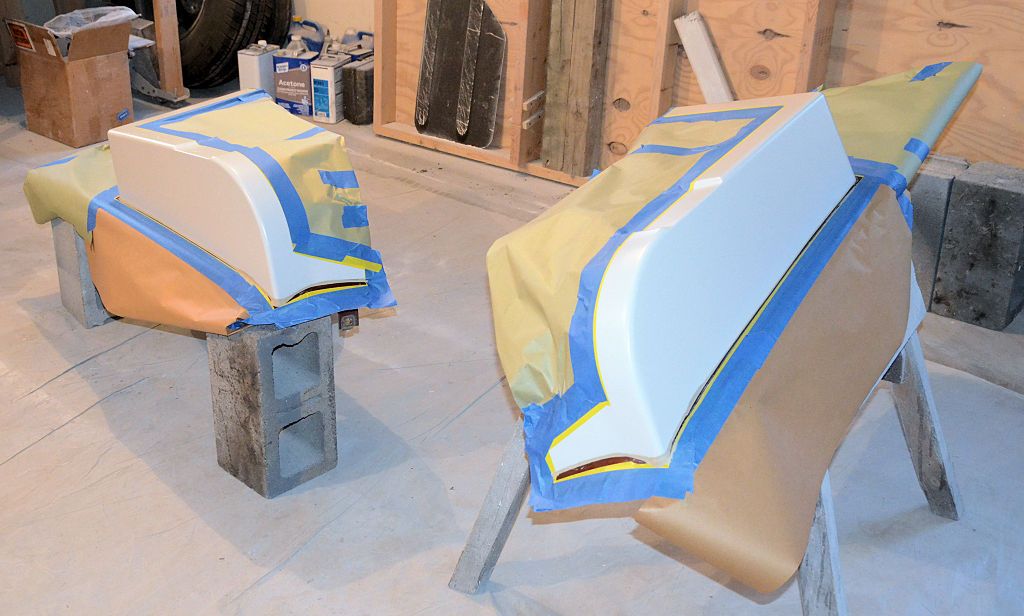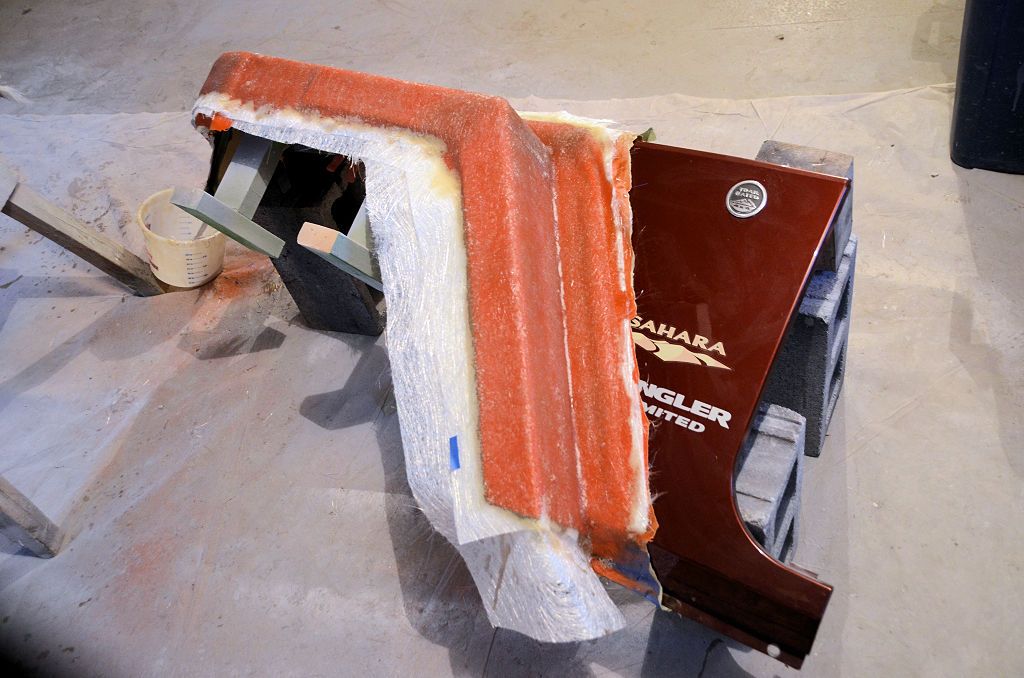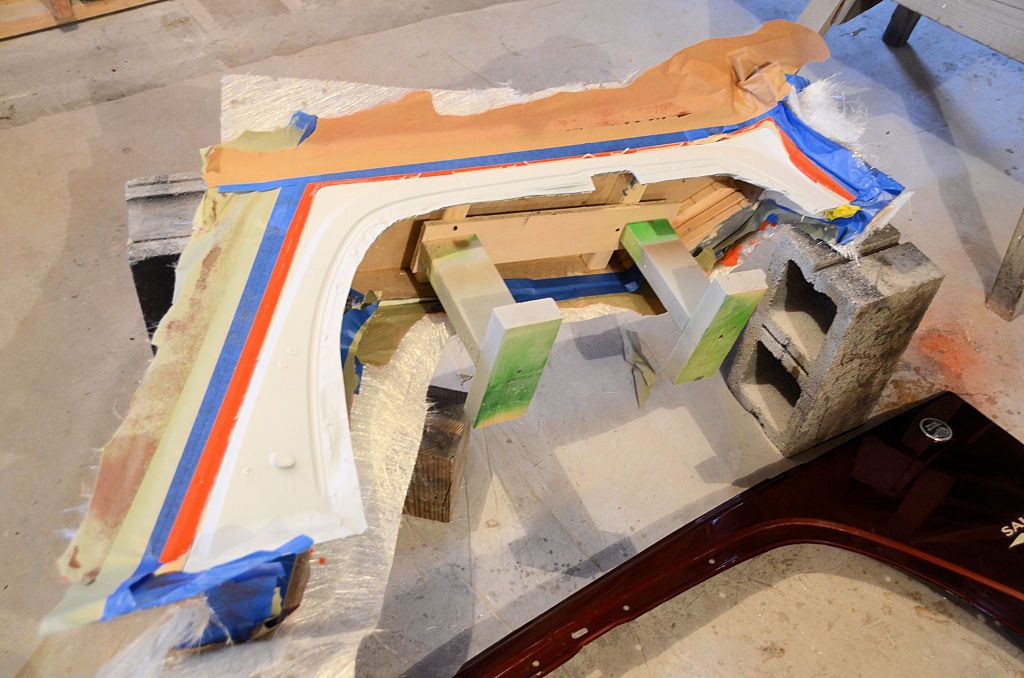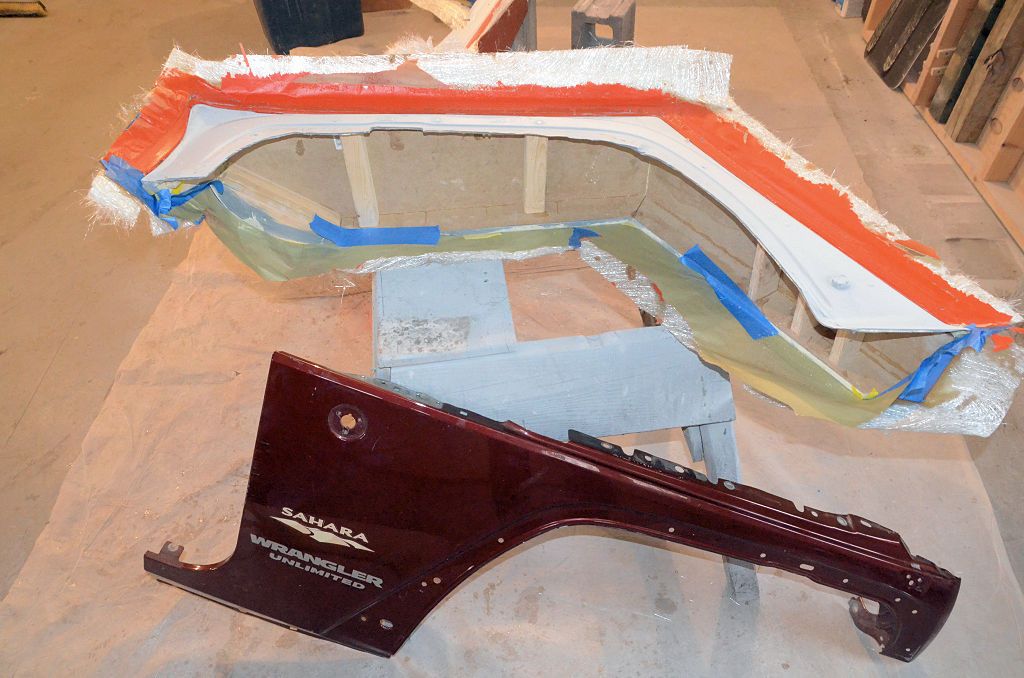jscherb
Expedition Leader
I love that. I would make it twice as long in case somebody wishes to put more than one patch, or a long one with a name.
What's in the first production run is the same as this prototype that I sewed - there are short Velcro sections on each "shoulder", and a longer section on the back above the pocket flap. In this photo, the flag patch only uses half of the Velcro on the back; the patch would take up the entire Velcro section on each shoulder.
